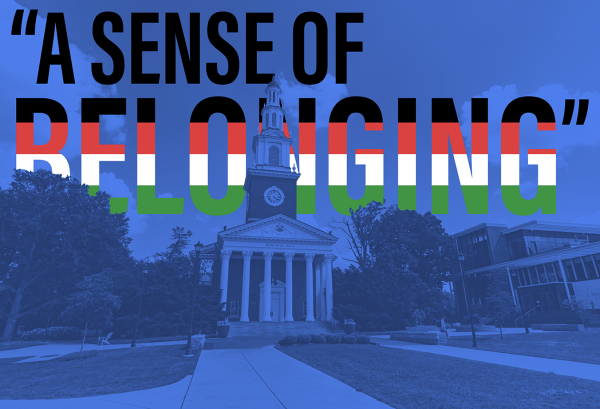Greek organizations need to diversify, reach out to minority populations
August 26, 2015
It seems that whenever sororities and fraternities appear in the news these days it is for some scandalous behavior. Dozens of girls dancing in their bikinis for a recruitment video, chanting racial slurs and threats on a chartered bus, banners above fraternity members houses letting fathers know where they can drop their freshman daughters (and wives) off for a good, “rowdy and fun” time.
But what tarnishes these organizations the most — and keeps many great young men and women from joining them — is the de facto segregation that continues to persist in Greek life.
All of UK’s fraternities and sororities are integrated (including its historically black ones), but anyone who was within a mile of campus during rush week knows there is a huge racial disparity in Greek organizations.
Frat guys and sorority girls aren’t all racist and I don’t think Greek life encourages racist behavior or mindsets. But inherent parts of Greek life have made it harder or less desirable for minorities to join or even rush.
First, there is the lack of diversity in Greek life in the southern and east coast regions of the country. A 2010 study by Matthew Hughey, an associate professor at the University of Connecticut who analyzes race demographics of Greek life, found that in the East Coast colleges that were studied (eight chapters were studied) only 3.8 percent of the members were non-white.
Not only is that statistic a sad reality for Greek life’s reputation, it is a factor that discourages minorities who may want to rush traditionally white fraternities and sororities.
I’ve talked to a couple of young girls who are minorities, and they felt nervous when rushing because they had much less to relate to with the other girls. They felt like they were being thrust into a community that was foreign — where they were outsiders.
Non-white people represent 37.4 percent of the nation’s population and 14.4 percent of Kentucky’s population according to the U.S. Census Bureau. If fraternities and sororities continue to turn out such poor numbers, and continue to neglect reporting their demographics for proper evaluation, they’ll continue to be painted as a white-dominated institution.
The second issue is the incredibly high financial cost of joining Greek life. According to a 2011 report from Princeton University Reports, the majority of non-white members of fraternities were in the $500k+ and $150-500k+ income groups, but had little representation in the $75-150k and $75k- income groups.
What this shows is from the costs of fees, boarding in the house and even just the lifestyle that it encourages (expensive clothes, shoes, accessories, cars and other luxuries), Greek life is only accessible from mainly the upper and middle classes — both of which do not feature high portions of minorities.
The third reason, which many of us are familiar with, are the stereotypes and image of exclusion that characterize Greek life.
Not only is there pressure to fit in, but when you hear about some, albeit extreme, cases of racism in some sororities and fraternities, it doesn’t exactly foster warm, fuzzy feelings of brotherhood and sisterhood.
News stories about “Bloods and Crips”-themed parties, wearing blackface on Halloween or at costume parties, and the infamous SAE chant scandal don’t represent all fraternities and sororities, but there are the images that have stuck.
In order to change the perceptions of all people who can rush, and to properly racially integrate Greek life, each of these issues must be adequately addressed.























































































































































